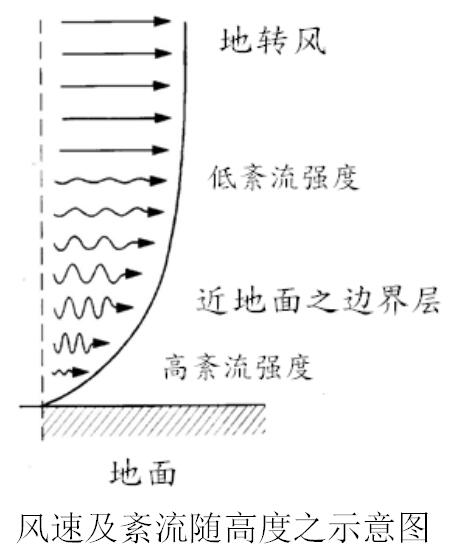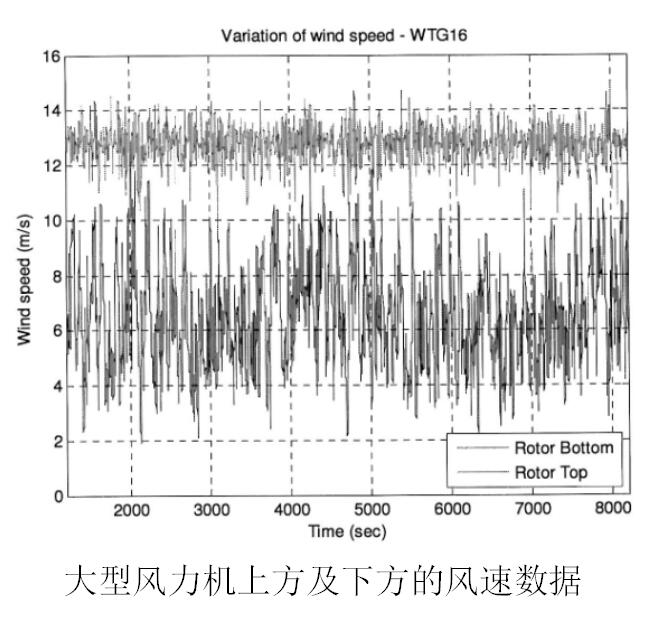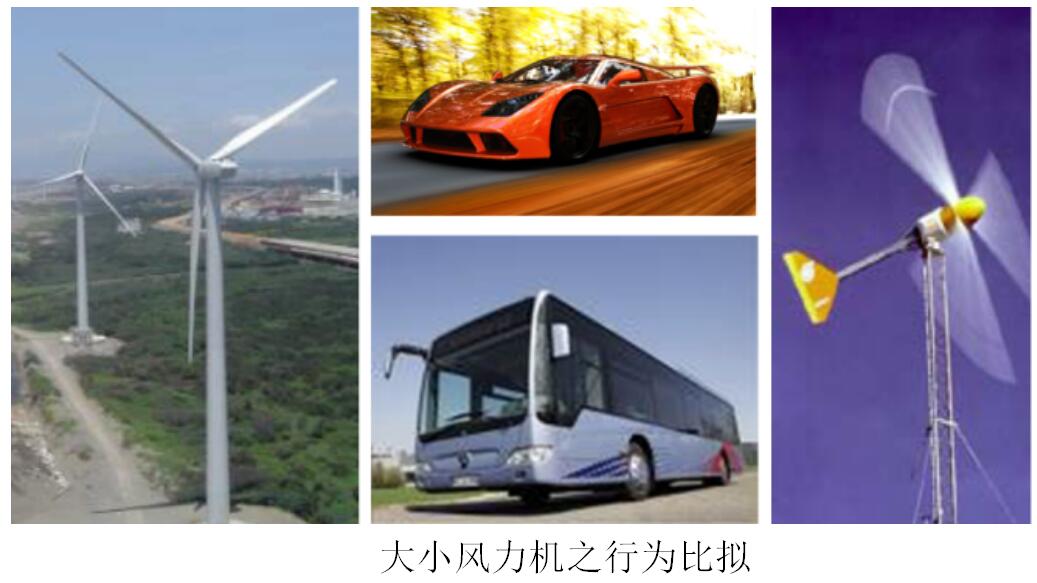Wind Turbine Behavior and Control (Part 2) – Nanjing Oulu Electric
Nanjing Oulu Electric Co., Ltd.
Company Profile
A high-tech enterprise specializing in R&D, production, and system integration of:
New energy power generation (wind/PV hybrid systems)
Industrial automation (drives, servo control, EV motor controllers)
Core Products:
Wind Turbines (300W–10MW)
Hybrid Controllers/Inverters
Telecom Monitoring Systems
Motor Drives (PMSM/Servo/VFD)
Wind Turbine Behavior Analysis (Part 2)
1. Operational Divergence: Large vs. Small Wind Turbines
| Parameter | Large Turbines (80m Hub) | Small Turbines (8m Hub) |
|---|---|---|
| Wind Profile | V<sub>80m</sub>=10m/s (Class I) | V<sub>8m</sub>=6.3m/s (Class III) |
| Turbulence | 12% (IEC 61400-1 NWP) | >30% (Boundary layer effect) |
| Design Basis | V<sub>design</sub>=50m/s (Typhoon) | V<sub>design</sub>=1.4V<sub>ave</sub>=11m/s (BWEA) |
Key Findings:
Height-Velocity Relationship:
Follows V=V<sub>hub</sub>(Z/Z<sub>hub</sub>)<sup>0.2</sup> (IEC 61400-1 NWP)
At 10m/s (80m): 8m height velocity drops to 6.3m/s (-37%)
Class Rationale:
Small turbines rarely encounter Class I winds (16m/s at 80m ≈ typhoon)
V<sub>design</sub>=11m/s (AWEA/BWEA) balances cost & safety
2. Control System Innovations
Breakthrough Technologies:
Active Pitch/Yaw Control:
Real-time blade adjustment (storm survival)
MEMS-based vibration damping
Tower Resonance Avoidance:
Software-limited RPM below 1P/3P frequencies
Field Data: Our 5MW turbine maintains <5% power fluctuation in Class III turbulence.
Why Nanjing Oulu?
Patent-protected active control algorithms
IEC/GL-certified simulation models
Custom solutions for low-wind/high-turbulence sites


Behavioral Differences Between Large and Small Wind Turbines
1. Large Wind Turbines (Class I/II, 80m+ Hub Height)
Characteristics:
High inertia: Slow acceleration/deceleration ("like a heavy truck")
Stable wind profile: Low turbulence (10–15%) at high altitudes
Efficiency:
Maintains optimal tip-speed ratio (λ) for max C<sub>p</sub>≈0.5 (e.g., Enercon E112)
Active pitch/yaw control ensures λ stays within ±5% of target
Control Advantage:
Real-time wind speed data (anemometers/LIDAR) enables precise λ calculation.
2. Small Wind Turbines (Class III/IV, <20m Hub Height)
Characteristics:
Low inertia: Rapid acceleration/deceleration ("like a sports car")
High turbulence: 30%+ due to ground boundary layer effects
Efficiency Challenges:
C<sub>p</sub> rarely exceeds 0.35 (vs. blade design potential of 0.45+)
No anemometer: Lacks wind speed data → impossible to calculate λ in real time
Key Limitations:
Dynamic RPM Swings:
Fast wind gusts cause ±20% RPM fluctuations, pushing λ off optimal.
Passive Control Dominance:
Tail-vane yaw and stall regulation cannot compensate for rapid λ shifts.
Technical Comparison
| Parameter | Large Turbines | Small Turbines |
|---|---|---|
| Inertia | High (slow response) | Low (fast response) |
| Wind Data | Anemometer/LIDAR available | Typically none |
| C<sub>p</sub> | 0.45–0.50 (controlled) | 0.25–0.35 (uncontrolled) |
| λ Stability | ±5% (active pitch control) | ±30% (passive systems) |
Nanjing Oulu’s Solutions for Small Turbines
Adaptive Load Dumping:
Dynamic resistor banks stabilize RPM during gusts.
Indirect λ Estimation:
Algorithm predicts wind speed from generator current harmonics.
Mechanical Upgrades:
Flywheel add-ons to increase effective inertia.
Case Study: Our FD-5kW model achieved C<sub>p</sub>=0.38 in Class IV winds via hybrid passive/active braking.
